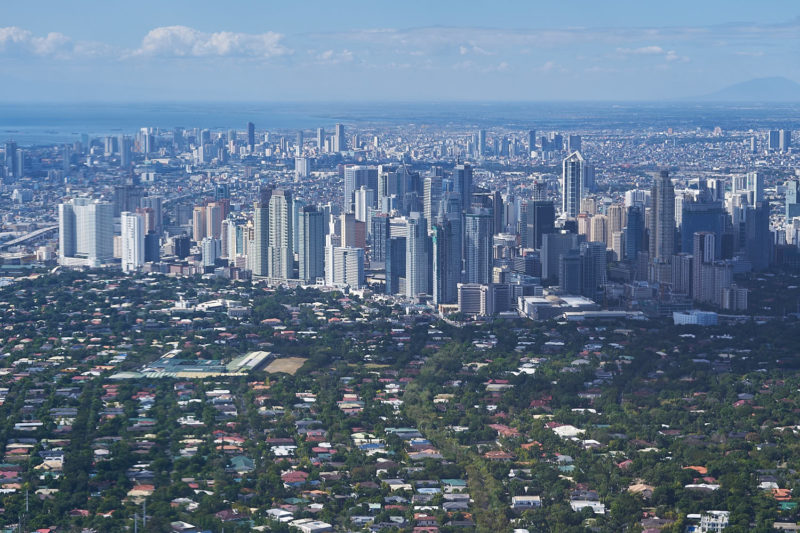Since 2008, due to Global Financial Crisis, world economic growth slowed down and its impact was most prominent in the real estate sector of the developed countries. Since then, investors have started looking towards the Asian-Pacific markets, because the Asian economies did not lose the growth momentum and some of the fastest growing cities are in Asia today, Philippines being one of the most important player. Investors prefer to invest in property as the growing population will continue to fuel demand for space.
The optimism of the investors is not without merit, and here are the reasons for such optimism
• The Philippine economy has grown by 6 to 7 per cent in the last five years, on the back of policies and incentives that attracted foreign investors and a steady inflow of remittances from overseas Filipino workers. These supported the country’s property market – specifically the office sector in Metro Manila.
• A report by property consultancy firm Knight Frank issued last September based on data between 2010 and 2016 said that by 2020, Manila would record a 19.1 per cent growth in prime office rents, surpassing other top performers like Brisbane (16.5 per cent), Singapore (15.8 per cent), Bangkok (11.4 per cent) and Hong Kong (10 per cent).
• Not just the residential property, but the office property market is also very healthy. There’s less than 5 per cent vacancy rate in (most of Metro Manila’s) central business districts.
• Manila had the third lowest vacancy rate of the 20 prime office markets in the region because of demand drivers like business process outsourcing (BPO) and online gaming industries. Makati, the country’s premier business and financial district, remains the office market leader with a weighted average lease rate of 1,286 pesos (US$24.68) per sq m.
• Socio-Economic Planning projected that public spending on infrastructure between 2017 and 2022 was about 6.79 trillion pesos (US$130 billion), putting these figures highest in the Philippines history.
• Metro Manila saw the highest number of completions to date at around 761,100 sq m of gross leasable area in 2017. Despite the additions, the market exceeded expectations as net absorption surged to 629,500 sq m, bringing vacancy level to just 4.5 per cent of total stock by the end of the year. Because of the optimism, the real estate brokers are anticipating every financial year better than the previous one.
• JLL’s Office Index report for Asia-Pacific showed that Metro Manila’s grade A office rent rose by an annual 3.5 per cent in the fourth quarter of 2017, outpacing Kuala Lumpur, Bangkok and Jakarta.
• According to a report by property services firm Colliers Philippines, Metro Manila’s office sector net take-up hit a higher-than-expected 639,500 sq m in 2017, as the year’s supply rose to a record high of 852,000 sq m, putting the current total stock at 9.7 million sq m. It was attributed to the increased demand of Philippine offshore gaming operators (POGOs), traditional companies and BPOs. Traditional companies like construction and logistics firms took up another 35 per cent of the total and BPOs accounted for the remaining 25 per cent.
• Traffic congestion is one of the most talked about problem of Metro Manila, and the government has taken notice of that. It has come up with a number of infrastructure projects, which has improved investor sentiment. Analysts say that government’s infrastructure programme, popularly known as “Build, Build, Build”, can decongest Metro Manila. One major project is Mega Manila subway – the country’s first underground railway. Another is the New Clark City – a smart city that could be an alternative to Manila – that has attracted investment from Singapore infrastructure consultancy Surbana Jurong and the Japan Overseas Infrastructure Investment Corporation to develop a sprawling 9,450-hectare project in the Clark Special Economic Zone and in Tarlac.
• The total housing need to ease the backlog – already at 5.9 million households in 2015 – is expected to reach 10.5 million households by 2030, which shows how big the potential is for all kind of players.
All these facts point towards basic economics: high demand and low supply. This will be the scenario in near future as well. It puts the investors in safe position to predict that Manila is the next big thing in real estate. So, just hop on this growth bus and invest in the Manila properties!

